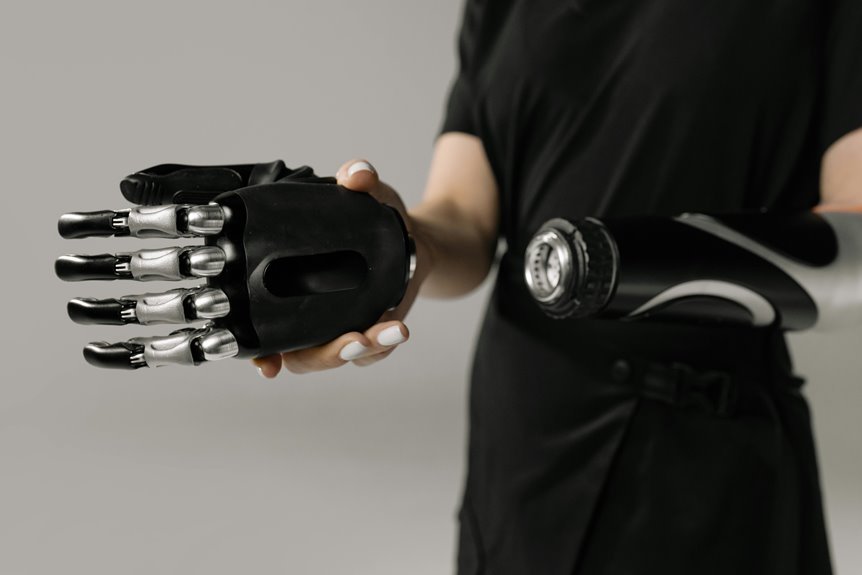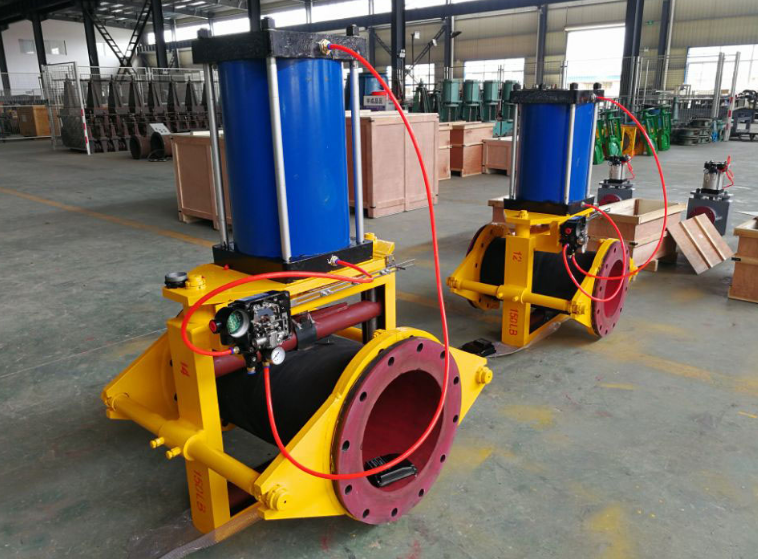3D Printing: A Game-Changer for Manufacturing and Healthcare
3D printing has fundamentally altered the landscape of manufacturing and healthcare. This technology streamlines production processes, allowing for greater customization and efficiency. In healthcare, it enables the creation of bespoke medical devices that improve patient care. As industries adapt to these advancements, the implications for future practices become increasingly significant. Understanding these changes reveals the potential for further innovation and efficiency, prompting a closer examination of what lies ahead.
The Evolution of 3D Printing Technology
Although 3D printing technology began as a niche innovation, its evolution has significantly transformed various industries, particularly manufacturing and healthcare.
Key advancements in design innovation have enabled more complex geometries, while material advancements have broadened the range of applications, including biocompatible materials for medical implants.
These developments foster greater creativity and efficiency, empowering professionals to push boundaries and explore new possibilities in their respective fields.
Impact on Manufacturing Processes
As 3D printing technology continues to advance, its impact on manufacturing processes has become increasingly profound.
This innovation facilitates mass customization, allowing manufacturers to produce tailored products efficiently. Additionally, it reshapes supply chain dynamics by reducing dependency on traditional inventory practices, thus streamlining operations.
Consequently, companies can respond swiftly to market demands while minimizing waste and enhancing overall productivity.
Transformations in Healthcare Applications
While the integration of 3D printing technology in healthcare continues to evolve, its transformative effects are already evident across various applications.
This innovation facilitates personalized medicine by enabling the production of tailored pharmaceuticals and medical devices.
Furthermore, 3D printing of surgical implants allows for customized solutions that enhance patient outcomes, reducing recovery times and improving the overall efficacy of medical interventions.
Future Prospects of 3D Printing
The ongoing advancements in 3D printing technology suggest a promising future that extends beyond its current applications in healthcare.
With increasing emphasis on sustainability initiatives, 3D printing is poised to reduce waste and resource consumption in manufacturing.
Furthermore, educational advancements are enabling a deeper understanding of these technologies, fostering innovation and expanding their potential impact across various sectors, ultimately enhancing societal freedom and efficiency.
Conclusion
As 3D printing continues to evolve, it stands as a digital sculptor, reshaping the landscapes of manufacturing and healthcare alike. Just as a sculptor meticulously carves a masterpiece from a block of marble, industries are crafting tailored solutions that enhance efficiency and patient care. With a projected market growth of over 25% annually, 3D printing not only fosters innovation but also ensures that both fields remain agile and responsive to emerging challenges and opportunities in the future.






